
[Source: Paul Wright]
old3.jpg) Looking west at Prestatyn's second station in the first decade of the 20th Century. The picture shows a busy scene and was probably taken in the summer months when many thousands of people would visit Prestatyn as it was a popular seaside resort.
Copyright photo from John Alsop collection  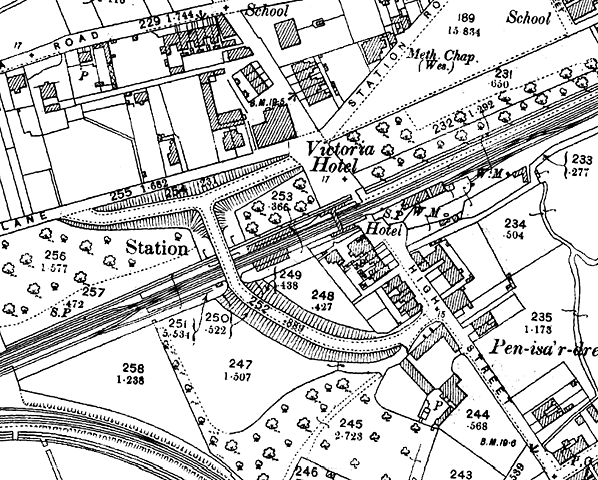
1899 1:2,500 OS map shows the bay platform for Dyserth trains even though they did not use it until c.1920s.
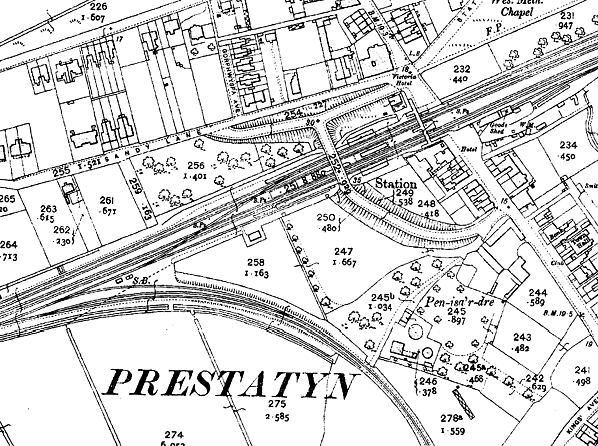
1912 1:2,500 OS map - there has been some realignment of the tracks to the west of the station.
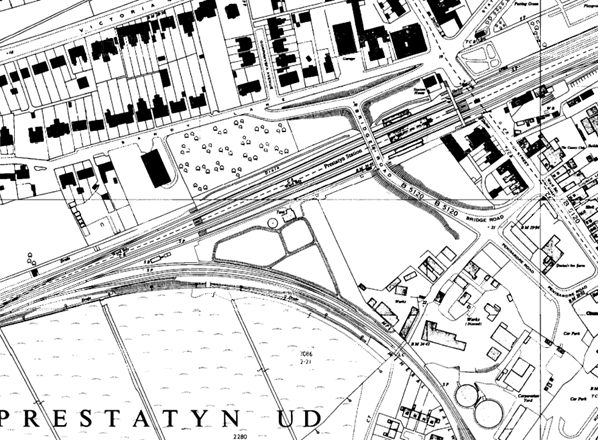 1961 1:2,500 OS map - the platforms have been lengthened.
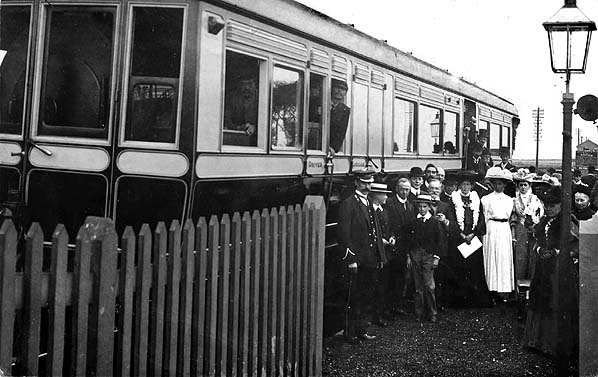
The Dyserth platform at Prestatyn station in 1905. When the Dyserth service was introduced a low platform was provided at the western end of the station. It was later replaced with a bay platform. The train standing at the platform was an LNWR railmotor.
Copyright photo from John Alsop collection dyserth_old2.jpg) The simple low level short platform provided at Prestatyn station for the Dyserth service as seen in 1910. The railmotor that operated Dyserth service at that time can be seen standing at the platform. The lines to the right are part of the Chester to Holyhead main line. A fence at the rear of the branch platform protected passengers from main line trains; however the lady to the right appears to be standing closer to the main line than would be considered safe. Within ten years a bay platform at the rear of platform 1 replaced the simple platform shown in this picture.
Photo from John Mann collection old11.jpg)
old9.jpg)
Looking west along platform 2 at Prestatyn in December 1972. On the far side of the bridge to the left is a bay platform at which some mineral wagons are standing. This platform served the Dyserth Branch until September 1930. Dyserth trains left Prestatyn travelling westwards and stopped at a point just west of the signal box seen in the picture, before reversing eastwards to take the branch south to Dyserth.
Photo by John Mann old11.jpg)
Looking west along platform 3 at Prestatyn. The building was an LNWR structure, in place from the station’s opening. It had been modified slightly by 1975, when this picture was taken, by which time it was the only surviving station building.
Photo by Alan Young old4.jpg) The western end of Prestatyn station in 1979. To the right can be seen the former Dyserth branch line bay platform which at this time still had a track in situ although it was heavily overgrown. Departing from platform 2 on what had been the ‘down’ fast line is a Sulzer type 2 locomotive (Class 25 – Number 25 194) on a westbound working along the North Wales coast.'
Photo by John Powell from BR/Sulzer Type 2 web site 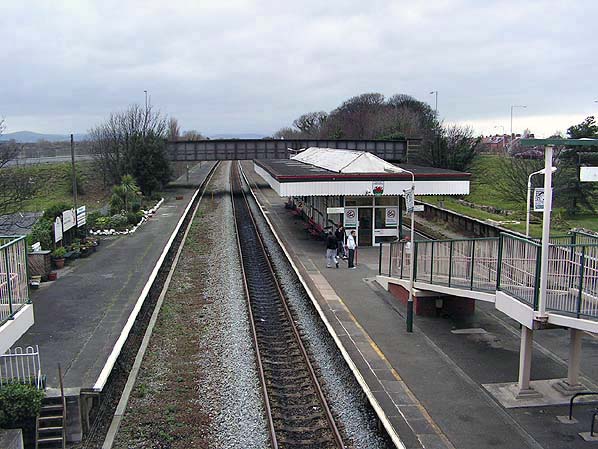
Prestatyn Station looking east in February 2008.
Photo by Paul Wright 9.jpg)
Looking west at the west end of Prestatyn station in November 2010. The platform in the centre once served the Dyserth Branch (left) and westbound slow line trains (right). Since the 1980s it has been without track. When Dyserth services began there was only a low level platform at the far end of the westbound platform; Dyserth trains later ran into the bay platform, seen here. Dyserth trains had to depart west to a point just beyond the signal box - seen in the middle distance; they then reversed east to follow the line to Dyserth, as its junction with the main line faced west.
Photo by Paul Wright
|


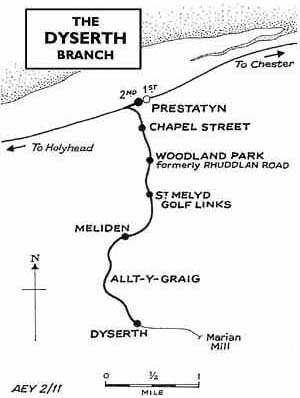





old)thumb14.jpg)
old)thumb15.jpg)
old_thumb16.jpg)
old)thumb17.jpg)
old6_thumb.jpg)
old_thumb7.jpg)
old_thumb8.jpg)
old_thumb10.jpg)
old_thumb5.jpg)
old_thumb12.jpg)
old_thumb13.jpg)
thumb6.jpg)
thumb7.jpg)
thumb8.jpg)
thumb10.jpg)
thumb11.jpg)

 Home Page
Home Page